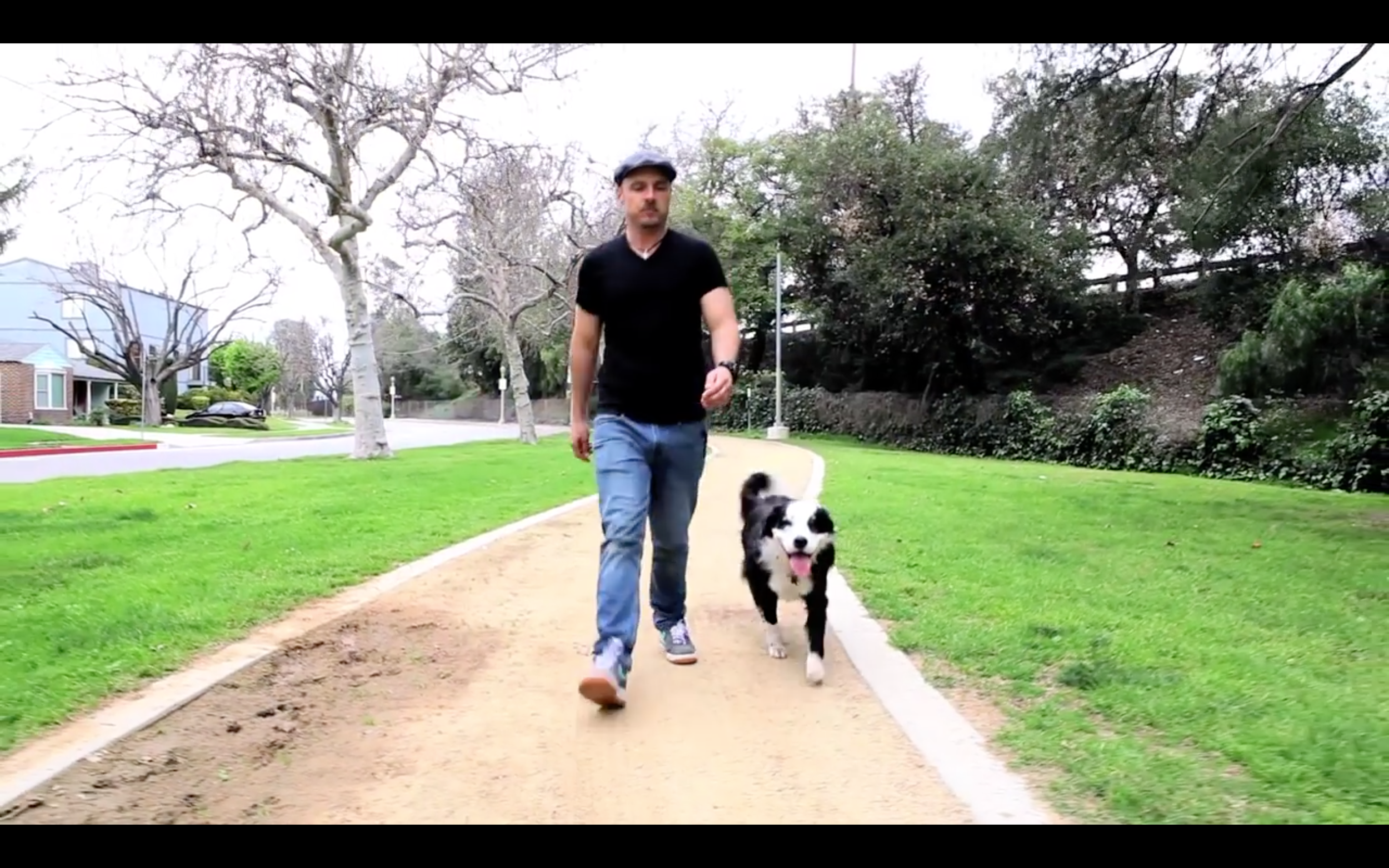First Do No Harm
 By Sean O'Shea
By Sean O'Shea
Ok, so here's an interesting thought. What if even without any actual "training" - meaning all the usual sit, down, place, heel, recall etc., and without any fancy tools - you could still massively impact your dog's behavior and state of mind? What if by simply NOT doing or allowing certain things you could make some great stuff happen?Well, the good news is, half of our success as trainers isn't even in the actual "training" we do. A lot of it is simply in all the stuff we don't do or don't allow.Here's a quick list to help your dog and yourself get to a better space:-Cut back on the unearned affection. Play hard to get. Only reward awesome choices and states of mind - not just existence or demand. Remove the unconscious, incessant petting and stroking. Make your dog work for his/her interactions. Become aware that unearned affection is one of the NUMBER ONE CAUSES for poor behavior. That it often creates wound up, edgy, entitled, bratty, neurotic, dependent, guarding, possessive dogs. And don't forget about heavy-duty separation anxiety.
-Don't allow disrespectful space invasions. This includes jumping on you, pushing you out of the way at thresholds, jumping on your lap uninvited etc. Instead, claim your space by using your body - not to hit or harm - but to have a calm, quiet conversation with your dog that your space is valuable and needs to be respected. For jumping you can do this by placing your knee forward when your dog jumps, so that he gets your knee and not you, and so jumping is not rewarding. At thresholds simply block with your body and then walk confidently INTO your dog's space (and your dog if need be) to move them back. As for jumping on your lap uninvited, simply say "no" and stand up when your dog jumps on you. This will remove him from your space and make this not rewarding. Then remove your dog from the couch. (Bonus points for initially keeping a bubble of space - say 10 feet - around you so your dog works on being more independent and less clingy.)
-Don't allow or reward demanding behavior. If your dog is barking at you for attention, for food, to play, to get access to a door, or to get out of the crate, don't reward the behavior with what the dog is looking for. Say "no" and ignore the behavior. If your dog demands something and you respond you've just taught your dog what works to get what he wants. Be careful not to unconsciously reward/allow this.
-Make your dog wait. Simply make your dog wait at moments of excitement or intensity. This could be feeding time, at thresholds, going in or out of the car etc. By teaching your dog to wait for permission from you you teach impulse control, respect, and to look for permission rather than be on auto-pilot. Conversely, by allowing impulsive behavior you teach your dog to ignore/disrespect you, to be impulsive, and that intensity and excitement gets him what he wants.
-Don't baby, console, pet, nurture, smother nervous, insecure, frightened dogs. This will only make them worse. Instead, treat them like normal dogs by asking more of them, challenging them to get out of their comfort zones, give them a firm human to lean on, not a soft one to feel alone/frightened with. (This is a super hard one for most, due to our desire to nurture and help, but the truth is, this behavior is responsible for creating so many completely dysfunctional dogs.)-Don't lean on your dog emotionally. One of the biggest advantages trainers have is being in an emotionally neutral space when interacting. For many owners, their dogs have become their place of solace in a world they often feel unfulfilled or unsafe in. This neediness presents you in a weak state that will cause pushy dogs to be more pushy and nervous/insecure dogs to become more nervous. For either mindset, the outcome is often the development of protective or aggressive or reactive behavior. By treating your dog like a dog - in the very best and positive sense of the phrase - you'll set you and your dog up to be in a much more balanced space.Once again, this is all the non-"training" stuff you can do that will help your dog's behavior tremendously. Just being aware and acting on these simple recommendations can change things DRAMATICALLY!!So even if you're not going to do any actual obedience work and teach commands, you can still make some MAJOR changes simply by first doing no harm.P.S. Now if you'd like to go even further and make bigger strides, change behavior more significantly, create reliability, and have a deeper, more healthy relationship with your dog, you can visit my website and watch the free do-it-yourself training videos. They're easy to follow and will help you make some amazing stuff happen.www.thegooddog.net
CONNECT WITH US ON Facebook, Twitter, Instagram, YouTube for more training insights, tips, our free weekly Q&A Saturday, and community interaction!Our groundbreaking do-it-yourself E-Collar training video/PDF training guide Learn to Train The Good Dog Way: E-CollarTraining is now available for order! Click HERE to order your copy!
CLICK THE PICTURE BELOW TO WATCH THE DVD TEASER!

